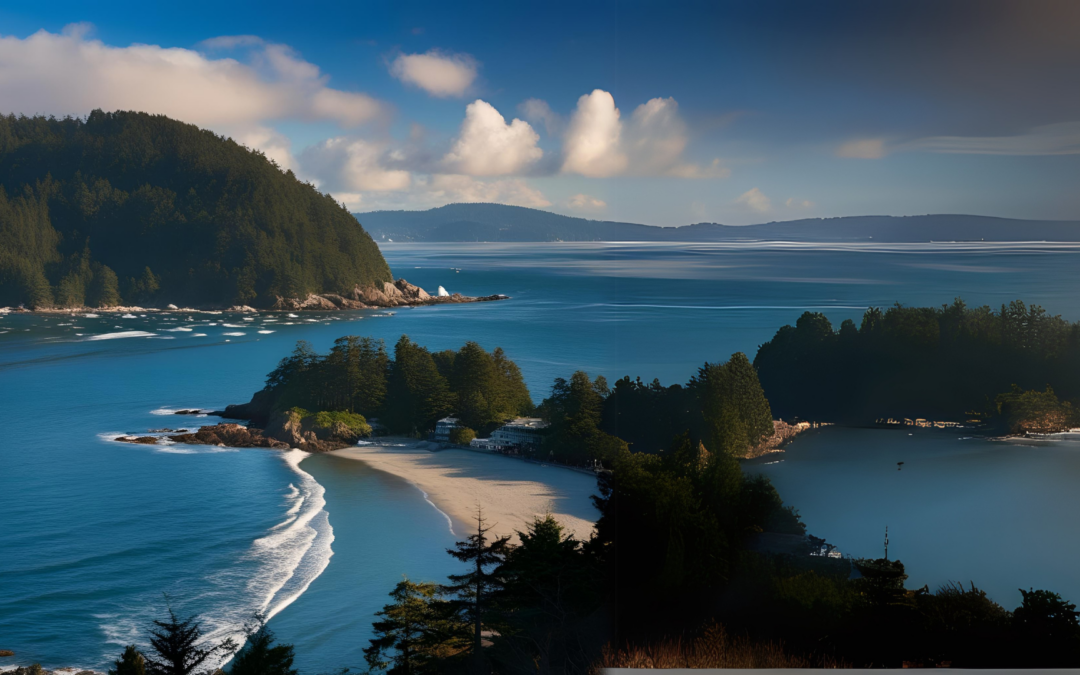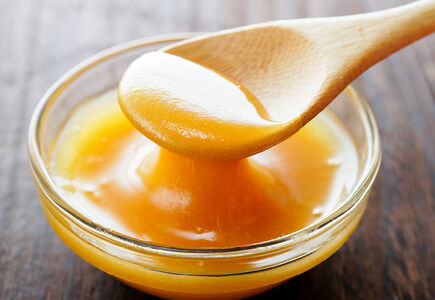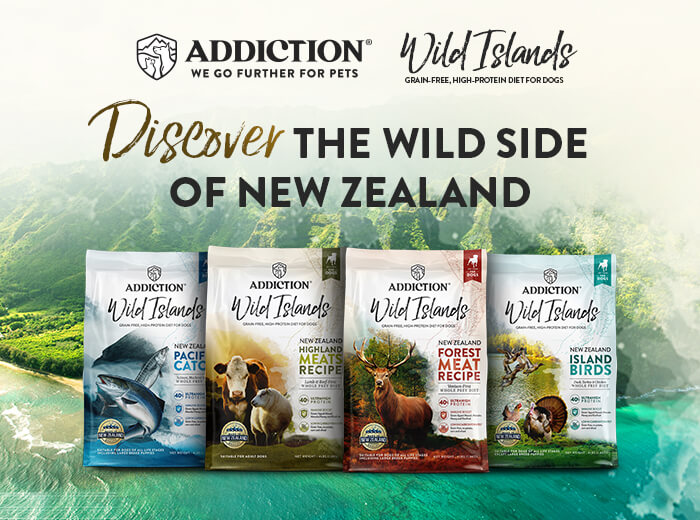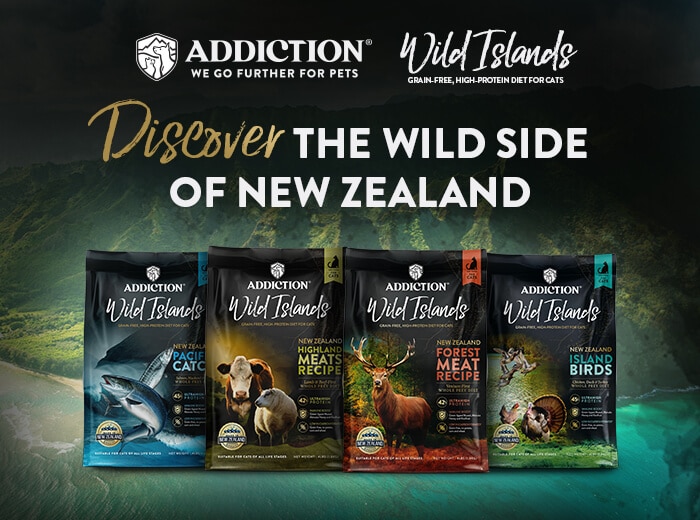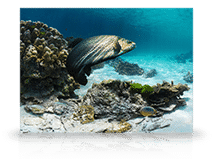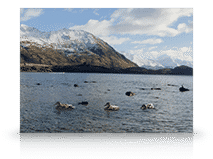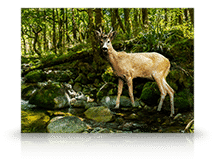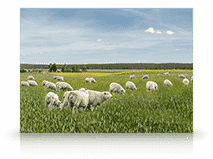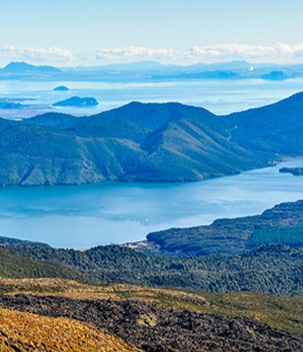Seasonings like salt and pepper enhance the flavors of a dish. But for the king salmon, flavor is but a concomitant denoument to its arduous life cycle.
King salmon can travel more than 50 kilometers a day during their spawning season, first swimming for hundreds of miles from their home stream to the sea, and another 1,000 miles give or take, before reaching their original feeding grounds.
Along that journey, the king salmon acquires nature’s most succulent, melt-in-the-mouth flavors while it treads across New Zealand’s bluest waters.
 Where the journey begins
Where the journey begins
The mighty king salmon’s life starts out as a wee egg lying on a bed of gravel beneath freshwaters, patiently incubating for the right time to hatch.
Once hatched, baby king salmon remain hidden in the gravel beds to protect themselves from predators. Without a developed mouth, the hatchlings are equipped with an orange yolk sac that provides the nutrients they need until they develop a mouth.
By the time they develop mouths, these fish fry start to leave the gravel beds and look for food, like plankton and insects.
Their survival in freshwater depends on the quality of their habitat and their ability to hide from predators. After about a year or sooner, the king salmon will leave their freshwater abode, making the arduous journey to the open seas.
Life under the sea
As it starts to migrate towards the ocean, the king salmon grows its scales and dons a silvery coat. To adjust to the sudden change of environment, the adult king salmon will also tend to feed heavily to ensure its survival in the sea.
As sea temperatures rise, king salmon will dive deeper toward the cooler parts of the ocean and feed on smaller fish living there. They will stay in deep waters for up to eight years before journeying back to their original spawning grounds.
At sea, king salmon can travel an estimated 18 miles a day but are known to be capable of maintaining an average of 34 miles a day when travelling over long distances.
The way back home
Scientists say that homing is done by tracing ‘pheromones’ or chemical signatures of the king salmon’s home stream. All salmon have an extremely keen sense of smell, and the King Salmon can smell chemicals down to one part per million.
By then, the king salmon will have started to undergo tremendous physical changes, most noticeable of which is their changing color from silver to maroon or red. A male king salmon’s jaw will likewise resemble a hook-like shape.
As it prepares its body for spawning, the king salmon will stop feeding and instead will draw its energy mainly from its fat storage and muscles. By now, it will only have one thing in mind: finding a mate.
At spawning grounds, females will lay their eggs on the gravel beds while the suitable males will work on fertilizing them. Once the spawning process is over, both the males and females will die.
Their nutrient-rich bodies will then sustain the next generation, who will someday return to the spawning grounds and continue the king salmon’s impressive cycle of life.
King Salmon from the ‘Bleu’ waters of New Zealand
New Zealand’s blue and clean waters make an ideal habitat for king salmon. An island-country in the Southwest Pacific Ocean, New Zealand boasts of vastly diverse marine life that sustains an incredibly rich underwater food chain, providing king salmon the nutrients it needs for a lifetime.
Because of the cleanliness of its waters, Monterey Bay Aquarium’s Seafood Watch® an organization dedicated to ensuring sustainable and safe ocean-farming practices, recognizes the New Zealand king salmon as the best choice for seafood quality and nutrition.
That’s why Addiction Foods uses only the New Zealand king salmon for its Salmon Bleu dry pet food.
 A great alternative for dogs and cats allergic to other types of meat, Salmon Bleu is a hypoallergenic pet food with a delectable blend of Omega 3-rich New Zealand king salmon and sun-kissed berries.
A great alternative for dogs and cats allergic to other types of meat, Salmon Bleu is a hypoallergenic pet food with a delectable blend of Omega 3-rich New Zealand king salmon and sun-kissed berries.
It is specially formulated with no grains, gluten, wheat, corn, soy, artificial hormones, preservatives, and artificial colors, to keep your pet’s diet as close as what nature intends for them.
True to the king salmon’s impressive nature, Addiction Foods Salmon Bleu is formulated to exceed the nutritional levels set by the Association of American Feed Control Officials (AAFCO) Food Nutrient Profiles and is appropriate across all life stages.
Know what’s in Addiction’s Salmon Bleu
Here’s the ultimate salmon goodness for dogs




